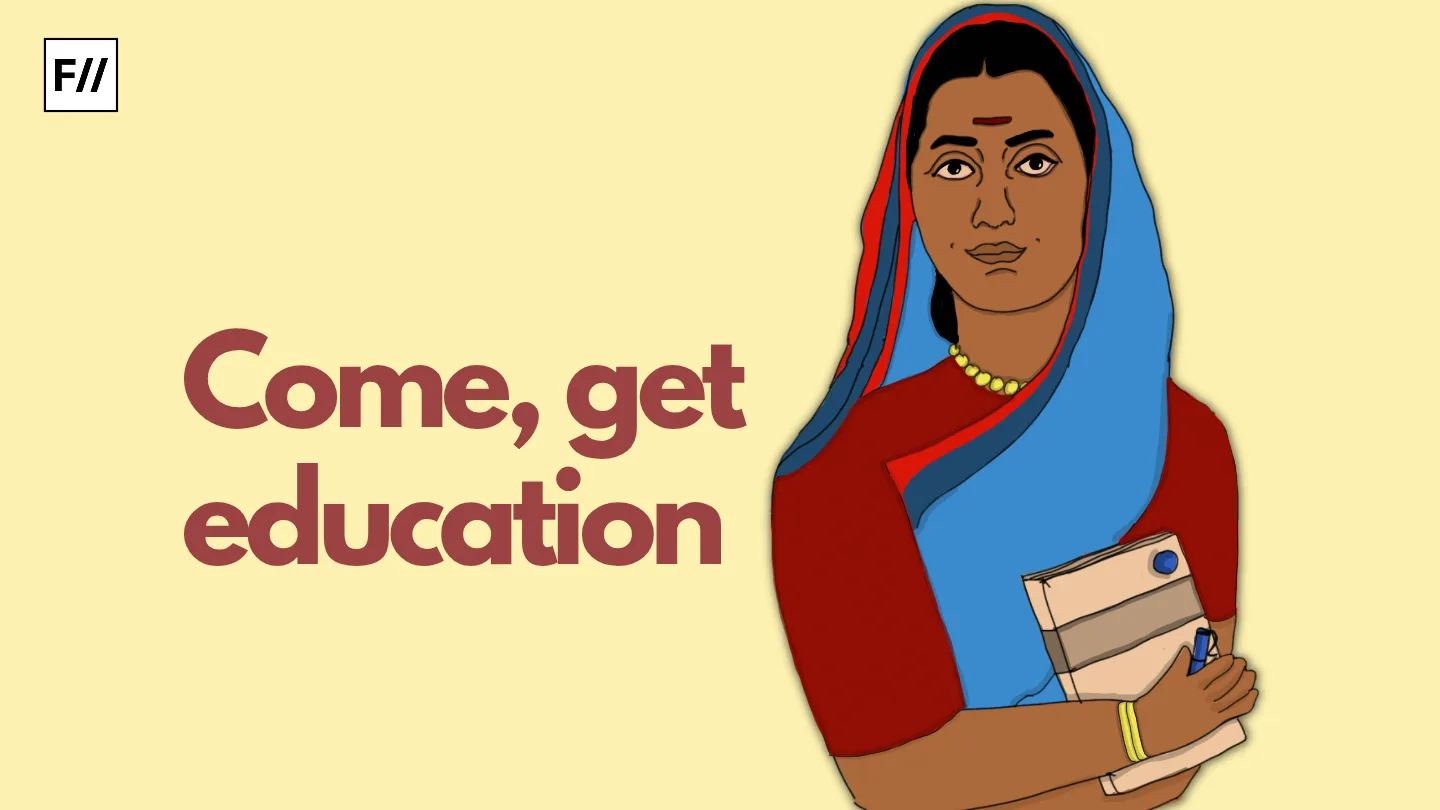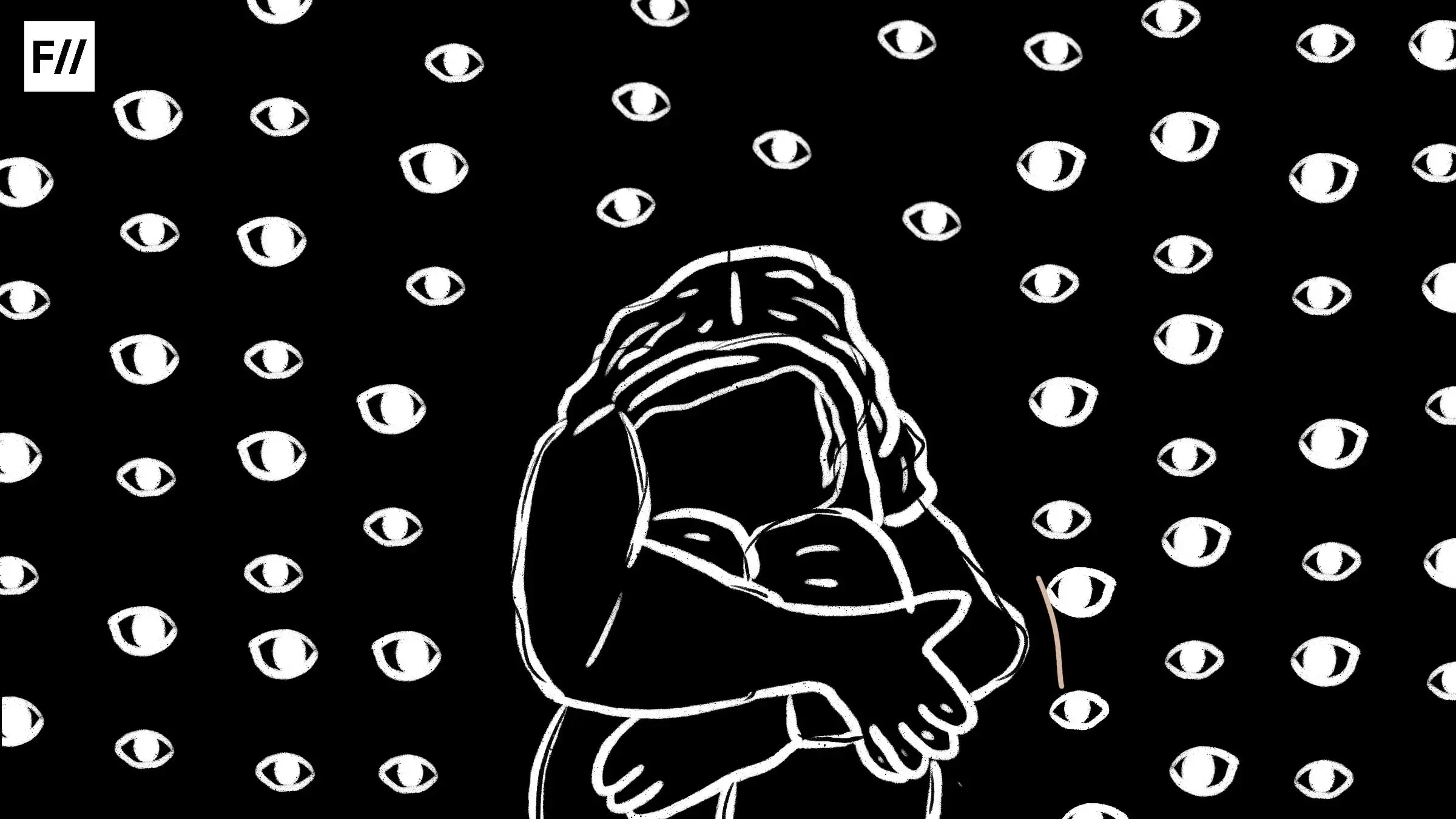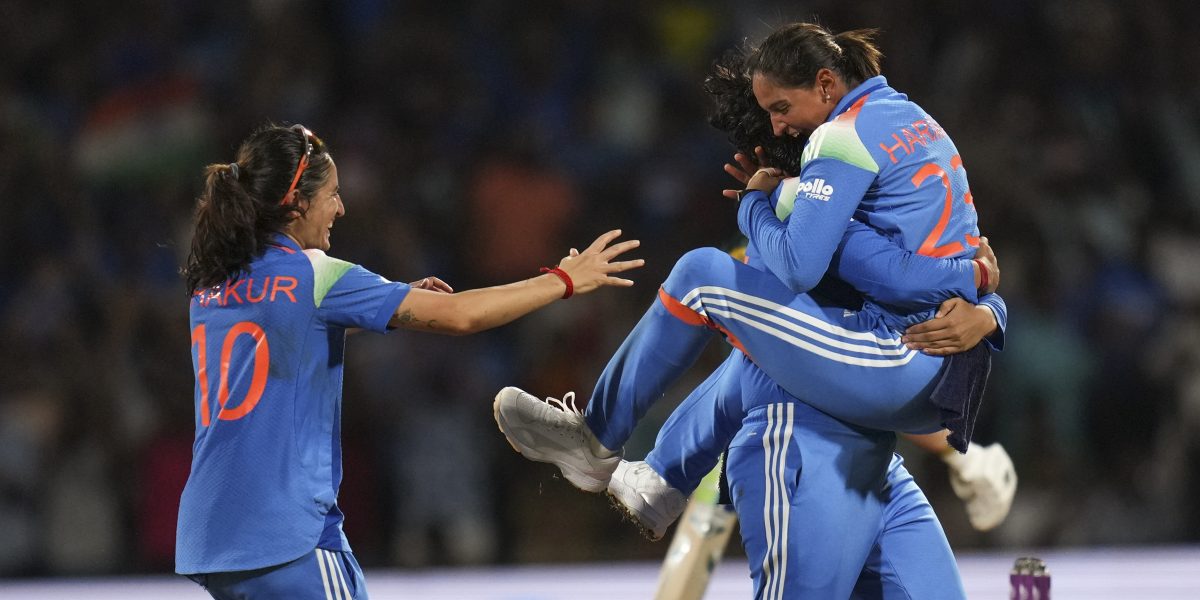To live, to learn and to earn – ten years since Beti Bachao, Beti Padhao became a popular slogan, what the Indian women now need is a bridge from education to employment. The government’s decision to release the Periodic Labour Force Survey (PLFS) on a monthly basis is a positive step but more needs to be done for gender equity in education and employment. Real-time monitoring of gender-disaggregated employment data is standard global practice.
The recent decision shows the acknowledgement on the government’s part to use such data for informed policymaking, making timely and effective interventions. A developing nation has to confront challenges on multiple fronts. Intersectional problems need to be addressed simultaneously. Women empowerment is one such multifaceted issue.
Unequal distribution of domestic workload
When gender-disaggregated data is considered, grim statistics might overshadow incremental improvements. At the same time, over-optimism can lull us into complacency. Acknowledging the depth and scale of the problem leads to sustainable policy and lasting solutions.
The April PLFS data shows that female unemployment for youth was higher at 14.4% than 13.6% for males. Across regions, while the female unemployment rate was higher for women than men in urban areas, it was the opposite in rural areas. The report says that this could be due to higher female preferences for education and low employment opportunities in urban areas compared to rural areas.
The Labour Force Participation Rate (LFPR) – the share of people aged 15 and above working or actively seeking work – remained significantly low for women at only 34.2% in April as against 77.7% among males. A 2023 report on female labour force utilisation puts light on this significant gap in labour force utilisation between genders.

The reasons behind women opting out of the workforce are also common knowledge. According to the PLFS 2021-22 results, the percentage distribution of men and women not being in the labour force by their main reasons is as follows:
As many as 44.5% of women cited child care/personal commitments in homemaking as the biggest reason. 33.65% women delayed employment citing a preference to continue study. For men, 71.7% desired higher education as opposed to working, while 16.7% said that health/age-related reasons kept them out of the workforce.
The average time (in minutes) spent on employment and related activities was 287 for males and 71 for females. In contrast, the average time spent by women on unpaid domestic services for household members was 236 minutes compared to just 24 minutes for men
The second all-India Time Use Survey Report 2024 shows the stark difference in male and female domestic workload distribution. The average time (in minutes) spent on employment and related activities was 287 for males and 71 for females. In contrast, the average time spent by women on unpaid domestic services for household members was 236 minutes compared to just 24 minutes for men. The 2024 Time Use Survey report gives insights in length into this unequal distribution of domestic workload.
The modern economy is built on the foundation of the unrecognised domestic labour provided predominantly by women. Even employed women practically work double shifts, finishing household chores and caregiving tasks during the time off from salaried work. Still, greater labour force participation can improve domestic work distribution, even if it remains uneven between males and females.
Awareness campaigns can help eliminating gendered norms
Governments, both at the Centre and in the states, have implemented financial assistance schemes to draw more women into the workforce. These include aid in the form of unsecured/secured loans and fee concessions to women entrepreneurs, including those who want to set up micro-enterprises.
Yet, this is not enough. Women need to be mobilised to join the workforce on a war footing. Speaking of war, it was indeed the Second World War that brought unprecedented numbers of Western women into the formal workforce as governments rushed to fill vacancies left by men called to military service. Communication campaigns were specifically designed to target women. ‘Rosie the Riveter’ with her famous ‘We Can Do It’ slogan is now a US cultural icon representative of women’s contribution to the war effort.
The call to action was not the war itself but the spirit of service it inspired for one’s country and compatriots. Messaging can play a significant role in educating the citizenry and eliminating gendered norms from society.
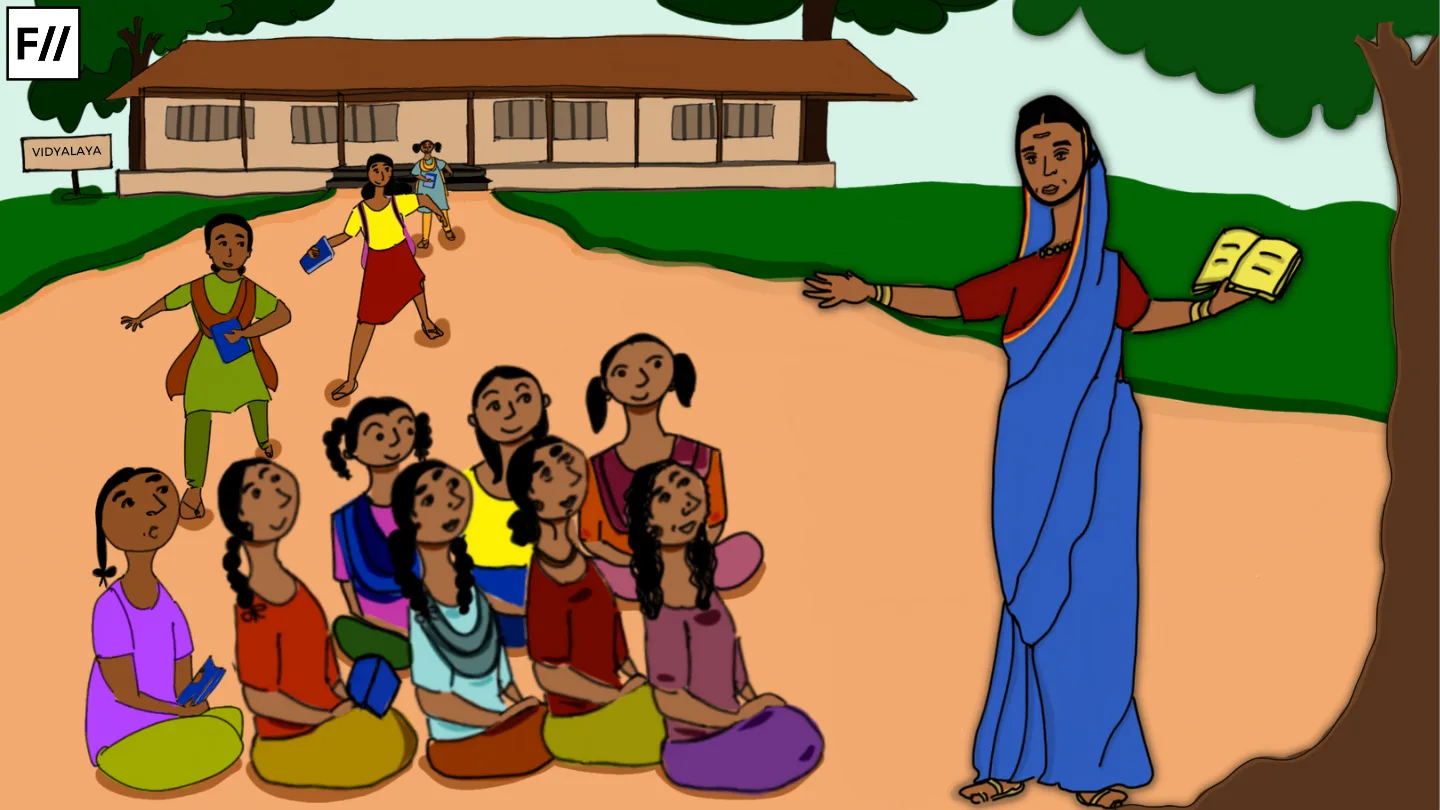
An attempt to address this gendered bias through tactical messaging was seen during the recent tensions between India and Pakistan, when two women military officers were put as the faces of operational developments. The choice of the officers’ individual faith also showed how inclusive the use of the power of communication can be. These female officers became the face of the conflict – at once a message of unity in diversity, an exhortation for peace, and women’s leadership in so called male bastions.
Need for employment for the unemployed youth
However, in the Indian context today, no player surpasses the government’s monopoly in propagating mass campaigns. During its ten years’ term, the BJP led Centre has established its dominance on media spaces and public information. It must use this influence in breaking the gender barriers and be the agent of change needed at the grassroots so that women-led development becomes more than a buzzword.
The government should shift its focus on providing employment to a massive number of unemployed youth in the country and creating workspaces and generating opportunities where the mariginalised people – from women to the people with disability – can be able to contribute to the economy and earn a fair living
Over ten years since the Prime Minister coined the slogan ‘Beti Bachao, Beti Padhao’, the time has come to change the message. The government should shift its focus on providing employment to a massive number of unemployed youth in the country and creating workspaces and generating opportunities where the mariginalised people – from women to the people with disability – can be able to contribute to the economy and earn a fair living. From billboards to buses, the call for Viksit Bharat volunteers with an inclusive approach must echo across the country. Visual marketing of an idea is also equally important.
The ambassador for this movement could be the ordinary Indian in flipped roles – think, a woman mechanic, or a male homemaker etc. – images that challenge the gendered norms. We have seen the lows of marketing that troubled us as a child – ‘why can’t girls get filthy while playing, what has silky hair got to do with being good at football,’ and, of course, the profoundly problematic Fair&Lovely commercials. Advertising has come a long way since then. The audience has also matured.
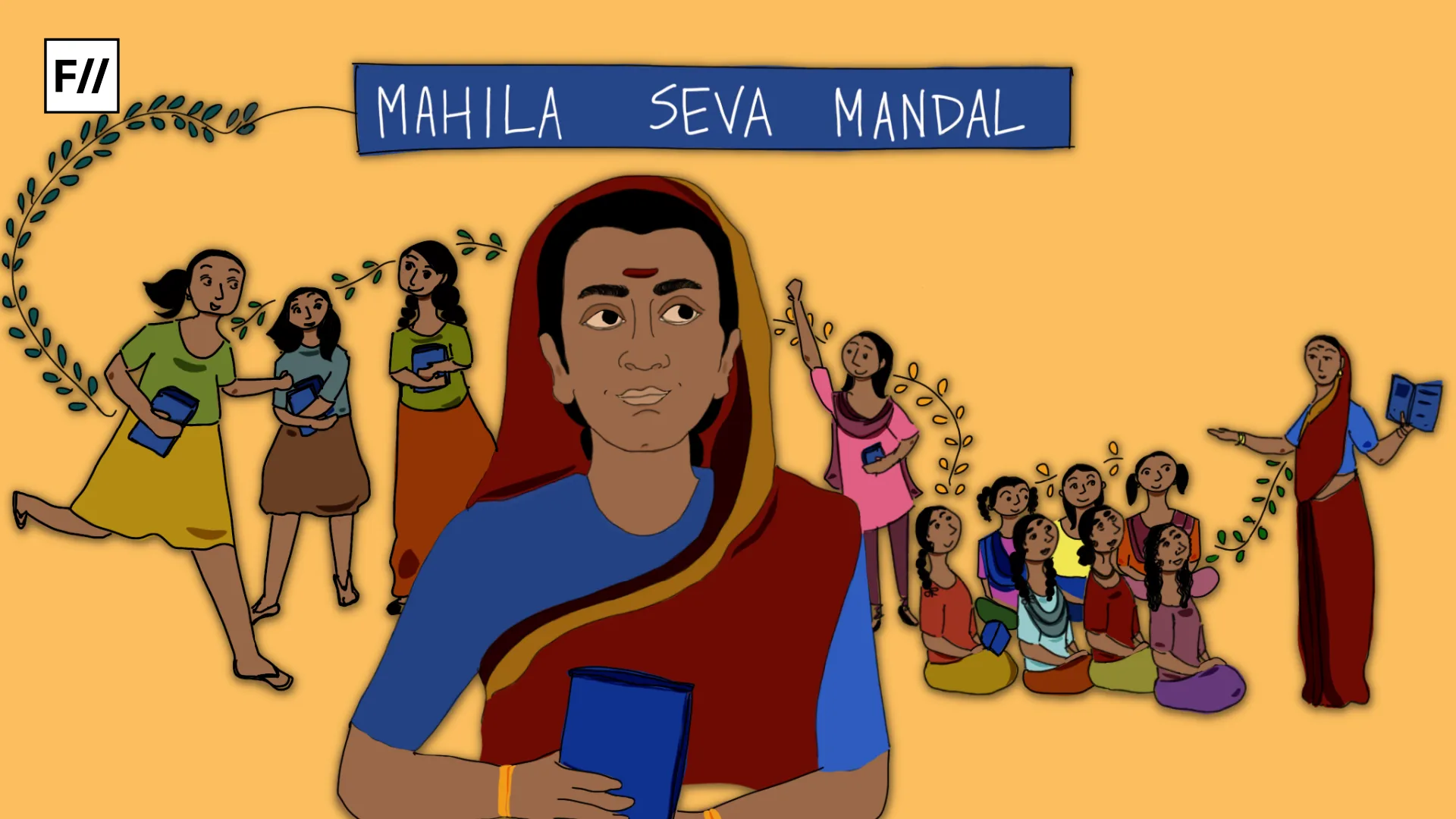
Product marketing is not so different from campaigns made in public interest. Both strive to direct the aspirations of the viewer. In the communication rulebook, a great idea is usually a simple one. One of the simplest changes that can foster inclusivity into the collective psyche and prepare men for diversity in the workplace is to design publicity material where women are represented in unconventional roles.
Such representation has to percolate down to village chowks and not stay limited to corporate annual reports promoting their DEI (diversity, equity, and inclusion) efforts. At the same time, this needs to be followed up by real intention in enrolling more women and other people from under-represented communities as workers across industries, even imposing penalties where the bare minimum is not met and incentivising those who surpass the benchmark.
It is a monumental task to dismantle centuries of entrenched gender bias that excludes women from the workforce. But, thankfully, each new generation is an opportunity to start afresh. Children are not born with biases. If we can raise just one generation on inclusive academic material, entertainment, and commercials, as well as livelihood opportunities, the roots of patriarchy will begin to loosen.
India has always straddled two realities, moving forward despite entrenched social biases that produce inefficiencies. For example, the Status of Education data 2024 by ASER shows a slight increase in girls not enrolled in high school and performance gaps in digital tasks by gender. But what is undeniable is the steady progress being made in all parameters – be it enrolment, foundational literacy and numeracy outcomes, digital literacy, and school facilities. The gaps identified must be seen as opportunities for improvement. The same, it is expected, is the purpose of the monthly labour data. It will reveal gaps, map trends, and aid evidence-based decision-making. The 2024 ASER findings highlight both the progress and gaps in educational outcomes for girls.
Meanwhile, it is the ripe time to seize the momentum set by Lt Col Qureshi and Wing Commander Singh. A media blitz that challenges gender-normative employment and establishes new possibilities for women, disabled people, people on the margins and the whole of unemployed youth must imprint its message on the national consciousness. The fact that emerging industries are on a mission mode to raise skilled workers makes it easier to bat for equity. This is a moment in Indian history, perhaps like the Second World War was to the Western women’s emancipation movement. If not a revolution, necessity can act as a powerful catalyst for social change.
